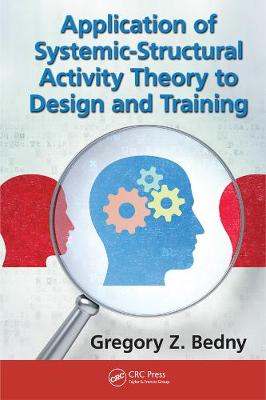Ergonomics Design & Mgmt. Theory & Applications
3 total works
Applying Systemic-Structural Activity Theory to Design of Human-Computer Interaction Systems
by Gregory Z. Bedny, Waldemar Karwowski, and Inna Bedny
Human Computer Interaction (HCI) is no longer limited to trained software users. Today people interact with various devices such as mobile phones, tablets, and laptops. How can such interaction be made more user friendly, even when user proficiency levels vary? This book explores methods for assessing the psychological complexity of compute
Application of Systemic-Structural Activity Theory to Design and Training
by Gregory Z. Bedny
This book offers analytical methods for studying human work in ergonomics and psychology that are similar to ones utilized by the engineering sciences. SSAT offers not only new qualitative but also formalized and quantitative methods of analysis. This book will describe quantitative methods of task complexity and reliability assessment, application of queuing theory, etc. The book will also present new data in the area of efficiency of labor force and its evaluation.

